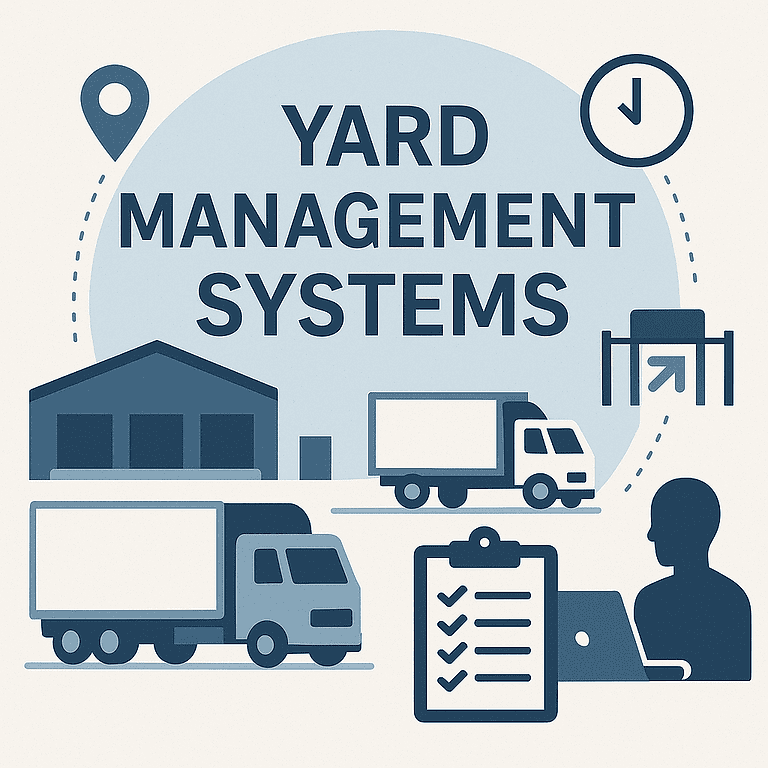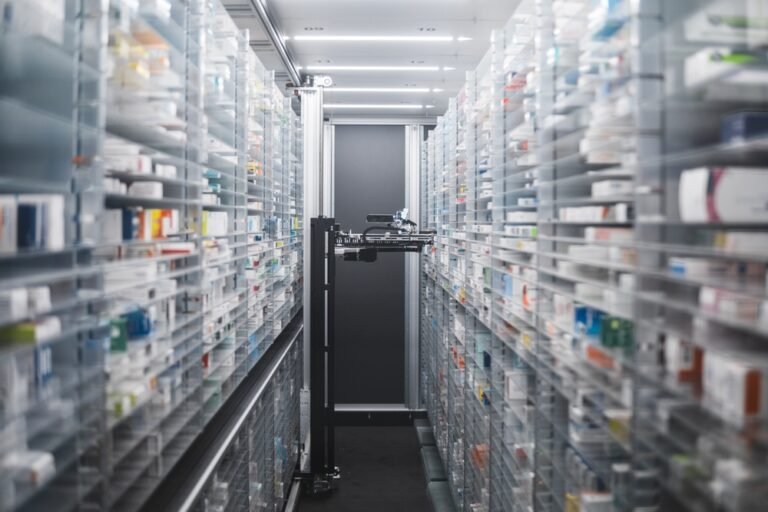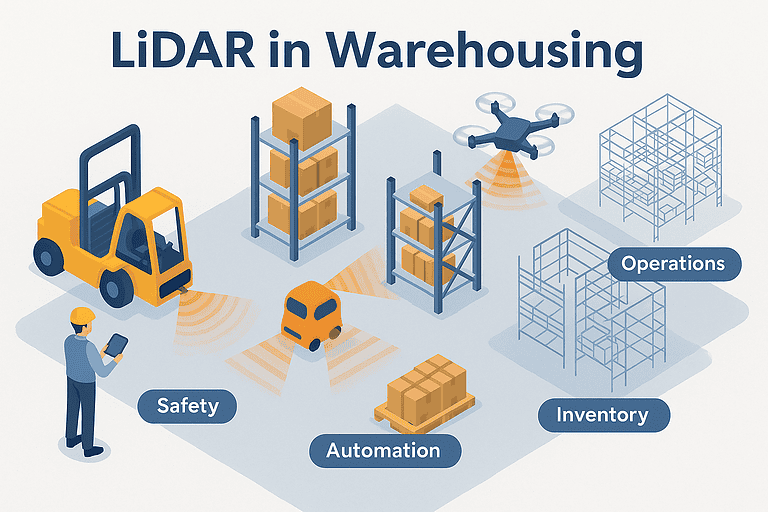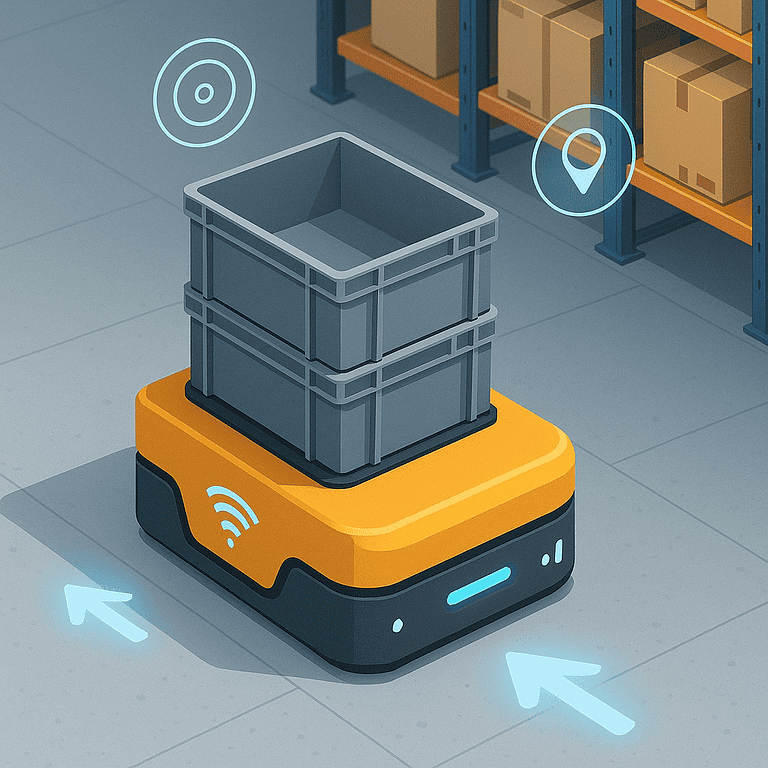Digital Twins: Transforming Warehousing in 2025
Digital twins are changing the way warehouses are designed, managed, and optimized. By creating a virtual replica of physical operations, digital twins allow managers to simulate workflows, predict bottlenecks, and improve efficiency—all without disrupting day-to-day operations.
As warehousing grows more complex, from e-commerce surges to labor shortages, digital twins are becoming a vital tool for decision-making and long-term planning.
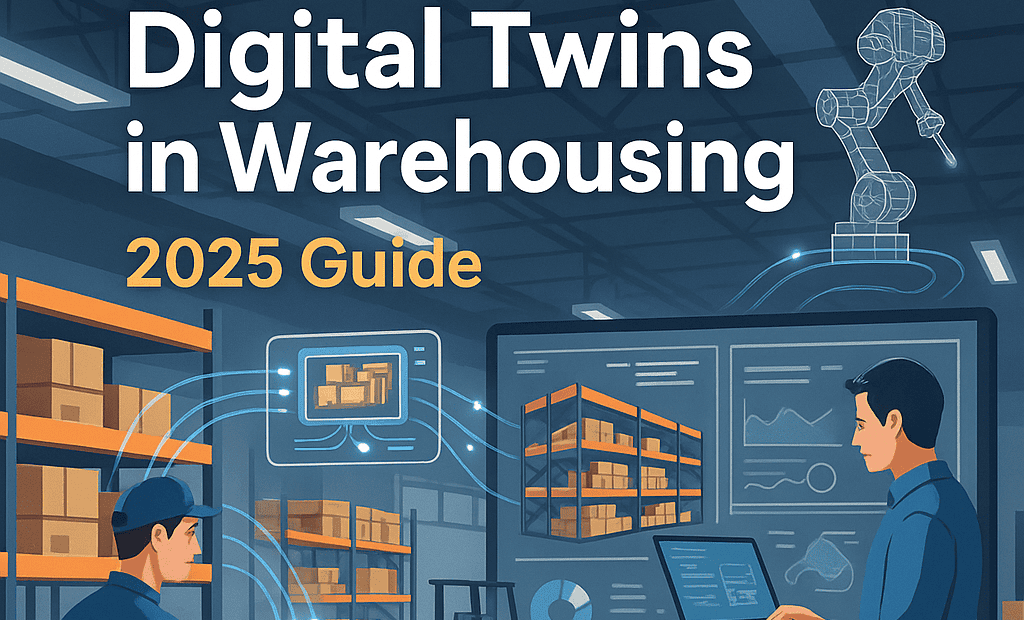
What is a Digital Twin?
A digital twin is a virtual model of a physical asset, system, or process. In warehousing, this can include:
Facility layouts and material flow.
Equipment performance (conveyors, forklifts, AMRs).
Environmental conditions (temperature, energy use).
Real-time operational data from IoT sensors.
This virtual model syncs with live data, creating a constantly updated mirror of the warehouse.
Benefits of Digital Twins in Warehousing
Process Optimization: Test changes in slotting, picking, or racking before implementing them physically.
Predictive Maintenance: Anticipate equipment failures based on real-time sensor data.
Energy Efficiency: Model HVAC, refrigeration, and lighting to reduce costs.
Labor Management: Simulate staffing needs based on order volume forecasts.
Risk Reduction: Run “what if” scenarios for supply chain disruptions.
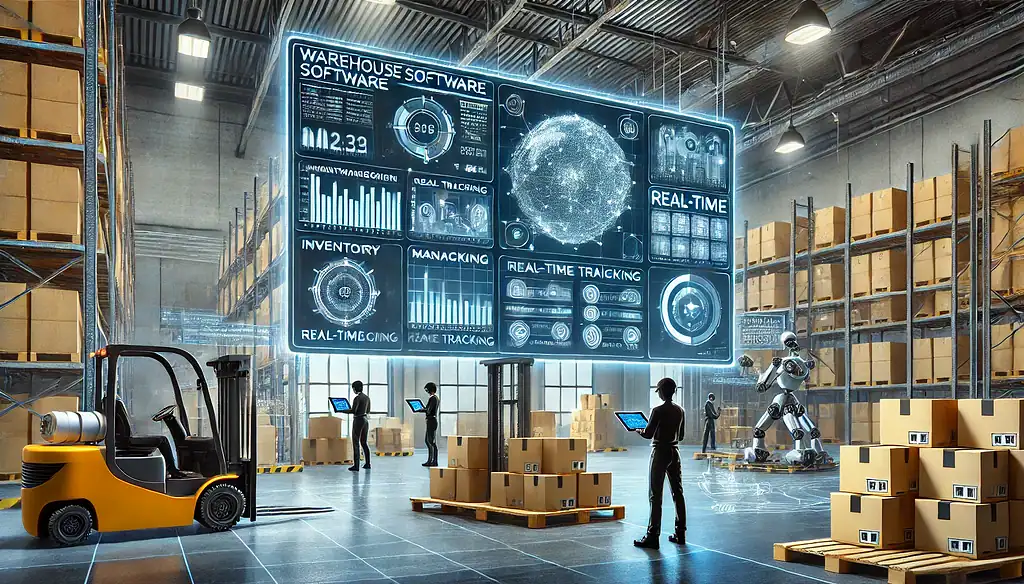
Key Use Cases
1. Warehouse Design & Expansion
Model racking layouts, conveyor placement, and mezzanine additions.
Reduce design costs by simulating before building.
2. Inventory & Flow Simulation
Optimize SKU slotting.
Identify choke points in picking and replenishment.
3. Automation Integration
Simulate AMR/AGV deployment to understand ROI.
4. Cold Storage Optimization
Monitor energy loads and model airflow to maintain compliance.
Challenges in Adoption
High Implementation Cost: Requires IoT, sensors, and integration software.
Data Complexity: Warehouses must standardize and clean data for effective modeling.
Change Management: Staff need training to interpret and act on simulations.
Future Trends
AI + Digital Twins: AI will drive predictive decision-making within the twin.
Integration with Supply Chain Twins: Warehouses become part of a larger, end-to-end supply chain model.
Cloud-Native Twins: Easier scalability and remote management.
Sustainability Modeling: Testing carbon-neutral and energy-efficient designs.
Key Takeaway
Digital twins in warehousing are more than a trend—they’re the next phase of continuous improvement. By combining IoT, AI, and real-time data, warehouses can move from reactive management to predictive, adaptive operations.


